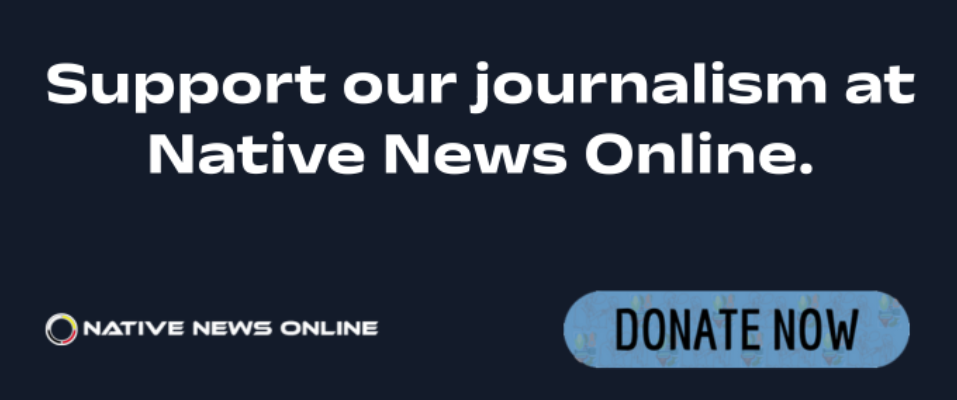
- Details
- By Shaun Griswold
On Monday, U.S. officials outlined plans to fully utilize $6 billion from a contingency fund to cover partial payments to states for people who receive food aid through the Supplemental Nutrition Assistance Program (SNAP).
Due to the federal government shutdown, SNAP recipients could see at least half of their November benefits, according to a declaration filed Monday in a Rhode Island federal court. However, uncertainty remains about how long it will take those payments to be applied to the food card balances of people across the country. SNAP is typically paid out from state agencies to millions of Americans starting at the beginning of each month.
Last week, two federal judges in Rhode Island and Massachusetts ordered officials from the United States Department of Agriculture to spend from the $6 billion fund that is part of USDA’s federal government shutdown contingency plan. The money was approved by Congress in 2024. States, nonprofit groups, and a union said the federal government acted unlawfully when it did not issue SNAP payments on Nov. 1 due to the ongoing shutdown.
In October, the federal government used the contingency fund twice, court documents revealed. According to Patrick Penn, Deputy Under Secretary for Food, Nutrition, and Consumer Services at the USDA, the agency paid $450 million in administrative costs to SNAP state agencies. $300 million also went to Nutrition Assistance Program block grants for Puerto Rico and American Samoa.
The USDA plans to spend an additional $600 million from the contingency fund for the same administrative purposes in November.
That leaves $4.65 billion in the contingency fund for direct food aid, the USDA said.
Penn stated in court documents, “that will all be obligated to cover 50% of eligible households’ current allotments. This means that no funds will remain for new SNAP applicants certified in November, disaster assistance, or as a cushion against the potential catastrophic consequences of shutting down SNAP entirely.”
The federal government also alerted the court that it will not tap additional emergency funds to cover SNAP losses during the government shutdown in November. Specifically, it rejected using Section 32 Child Nutrition Programs, a fund responsible for millions of school meals, such as the National School Lunch and Breakfast Programs and Summer EBT.
“Using billions of dollars from Child Nutrition for SNAP would leave an unprecedented gap in Child Nutrition funding that Congress has never had to fill with annual appropriations, and USDA cannot predict what Congress will do under these circumstances,” Penn declared.
Next, the USDA said it will send states revised calculations on how much the food benefit total will be available for people in November. From there, states are required to alert SNAP recipients about the reduction in benefits.
“For at least some States,” Penn told the court, “USDA’s understanding is that the system changes states must implement to provide the reduced benefit amounts will take anywhere from a few weeks to up to several months.”
According to the latest report by the USDA, more than half a million Native Americans receive SNAP benefits.
More Stories Like This
Johns Hopkins Collecting Tribal Success Stories from $1.5B Opioid SettlementArizona MMIP Task Force Holds Listening Session for Survivors and Families
‘A good stew is a story’ Blackfeet buffalo rancher shares Three Sisters Buffalo Stew recipe
National Indian Health Board Urges Congress to Extend Enhanced Premium Tax Credits
$1.25 Million Grant Gives Hope to Tolowa Dee-ni' Nation Amid Housing Crisis

